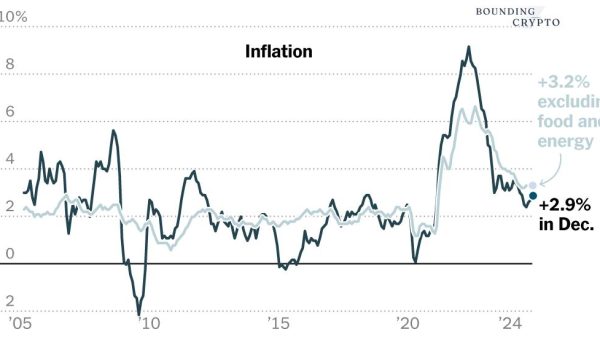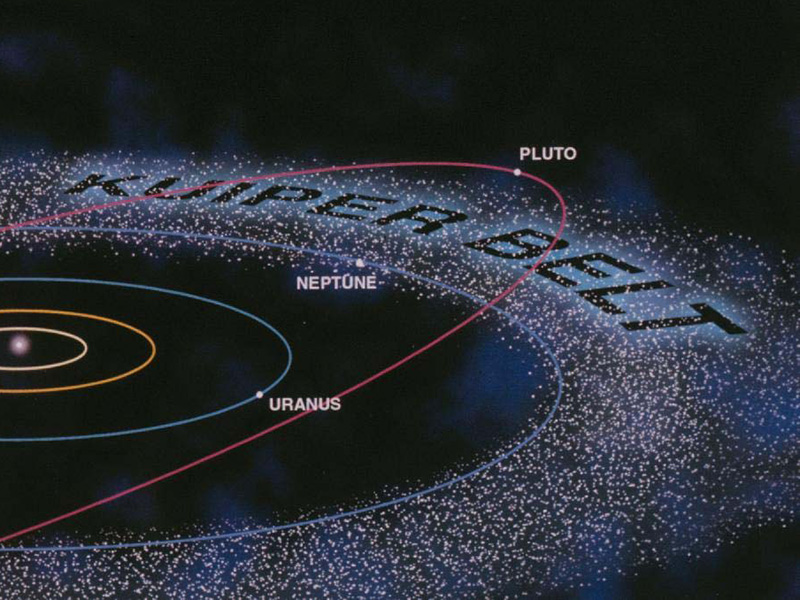Kuiper Belt Facts: Discovery, Objects and Future Research
Explore captivating Kuiper Belt facts, from its discovery to icy relics like Pluto and Haumea. Unravel the mysteries of this distant cosmic region.

Unravelling the mysteries of the Kuiper Belt. (PHOTO: Unravelling the mysteries of the Kuiper Belt. (PHOTO: NASA)
Kuiper Belt Facts: What is Kuiper Belt and When did it was discovered?
The Kuiper Belt is a vast region located beyond Neptune, stretching from 30 to 55 times the distance between the Earth and the Sun.
- Kuiper Belt Facts 1: According to Space, the Kuiper Belt is characterized by a collection of icy bodies and comets, remnants from the early days of our solar system’s formation around 4.6 billion years ago. Notably, this region includes well-known objects like the dwarf planet Pluto and continues to intrigue scientists with its mysteries and cosmic treasures.
- Kuiper Belt Facts 2: The existence of the Kuiper Belt was predicted by astronomer Gerard Kuiper in 1951.
- Kuiper Belt Facts 3: The first Kuiper Belt Object (KBO) was found by scientists Dave Jewitt and Jane Luu in 1992. These KBOs take less than 200 years to orbit the Sun and usually follow a path similar to the planets.
READ ALSO: NASA’S PSYCHE ASTEROID MISSION: EXPLORING METAL WORLD 2023
Kuiper Belt Facts: Kuiper Belt Objects and Future Studies
Kuiper Belt Objects (KBOs) are the inhabitants of the Kuiper Belt. KBOs namely Haumea, Sedna, Eris, and Pluto. According to NASA, Haumea is a dwarf planet shaped like an American football due to a collision. Sedna was discovered in 2004 and is orbiting farther out, possibly belonging to an inner Oort Cloud. Eris, discovered in 2005, caused a redefinition of planets leading to the creation of the “dwarf planet” category. NASA’s New Horizons mission also explored Pluto up close in 2015, uncovering exciting information about the Kuiper Belt.
As of 2023, Wes Fraser, a member of the New Horizons Science Team, presented data during a NASA meeting suggesting a second Kuiper Belt in our solar system. This might mean more objects for the New Horizons spacecraft to study. The spacecraft is heading towards this area in the late 2020s or early 2030s, offering a chance for new discoveries.
READ ALSO: HISTORIC GERMAN ASTRONAUTS: SIGMUND JÄHN’S HISTORIC VOYAGE IN 1978








































